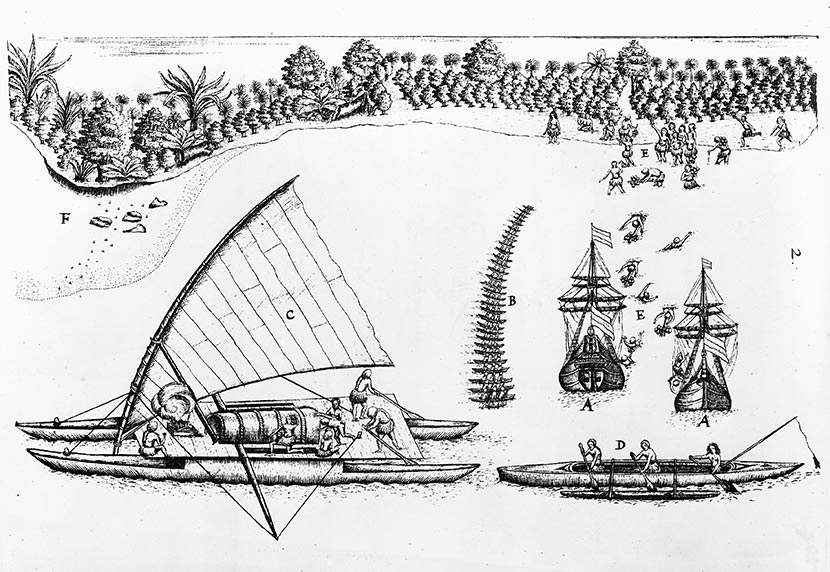Foundations of Cultural Evolution
Lecture 8: How adaptable are cultural species?

Difference equations and conditions of increase
Why some populations survive while others go extinct may have to do with their adaptability, or their ability to develop traits that will allow individuals to survive and/or reproduce. How well can a species with cultural traits adapt and maybe even thrive given a particular level of stress from the physical, biological, or social environment?
To address this question, modelers have turned to answering a simpler, more tractable question: under what conditions will a population develop an adaptive cultural repertoire suitable for difficult environments? That is, how adaptable is a cultural species?
References cited
Henrich, J. (2004). Demography and cultural evolution: How adaptive cultural processes can produce maladaptive losses—The Tasmanian case. American Antiquity, 69(2), 197–214.
Additional readings about the evolution of cultural complexity
Bell, A. V. (2015). Linking Observed Learning Patterns to the Evolution of Cultural Complexity. Current Anthropology, 56(2), 277–281.
Bell, A. V., & Hernandez, D. (2017). Cooperative Learning Groups and the Evolution of Human Adaptability. Human Nature, 28(1), 1–15.
Derex, M., & Boyd, R. (2016). Partial connectivity increases cultural accumulation within groups. Proceedings of the National Academy of Sciences, 113(11), 2982-2987.
Kline, M. A., & Boyd, R. (2010). Population size predicts technological complexity in Oceania. Proceedings of the Royal Society B: Biological Sciences, 277, 2559–2564.
This project was supported by Grant #61105 from the John Templeton Foundation to the University of Tennessee, Knoxville (PIs: S. Gavrilets and P. J. Richerson) with assistance from the Center for the Dynamics of Social Complexity and the National Institute for Mathematical and Biological Synthesis at the University of Tennessee, Knoxville.

The Cultural Evolution Society's Online Learning Tutorial Series is licensed under a Creative Commons Attribution-NonCommercial-ShareAlike 4.0 International License. For designers' contact information, click here.



